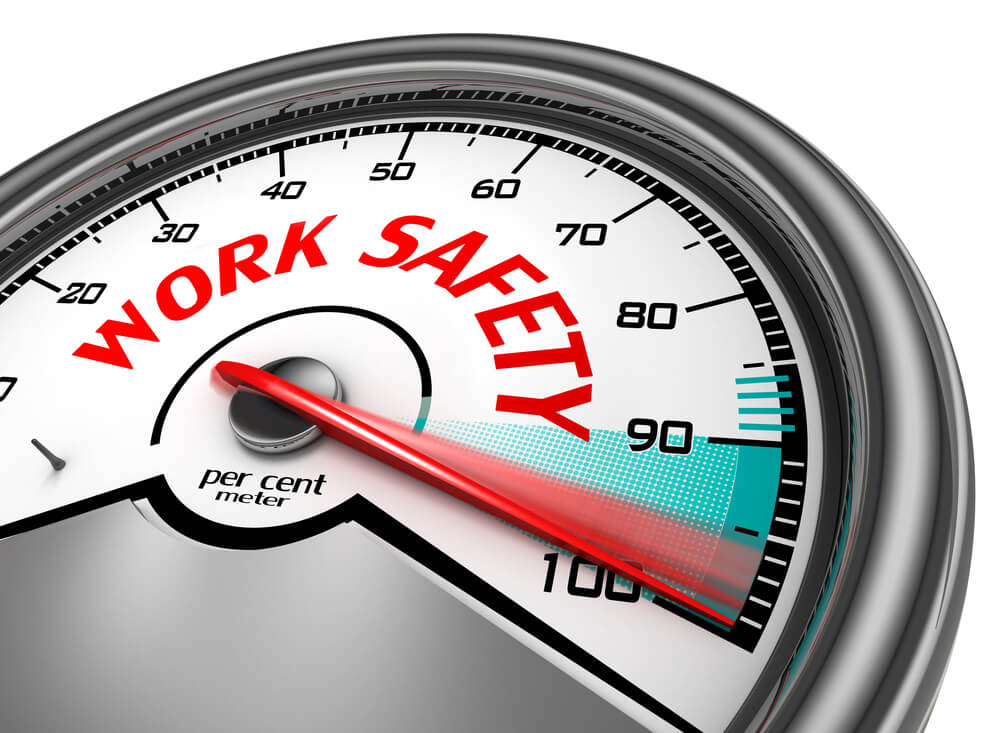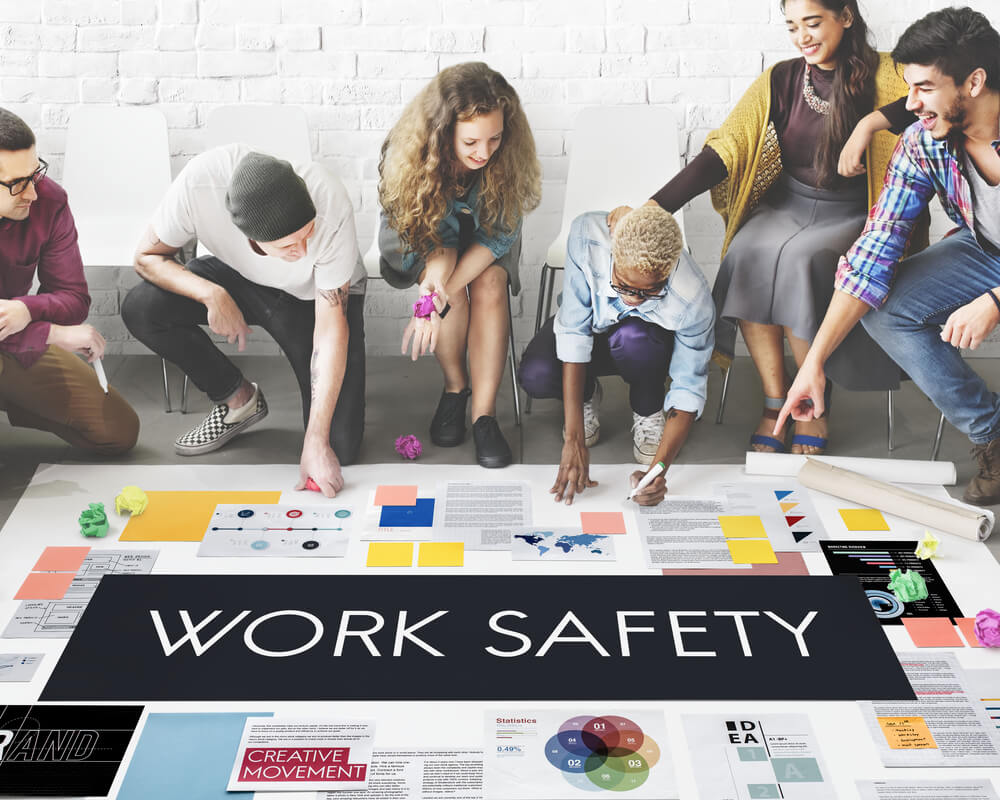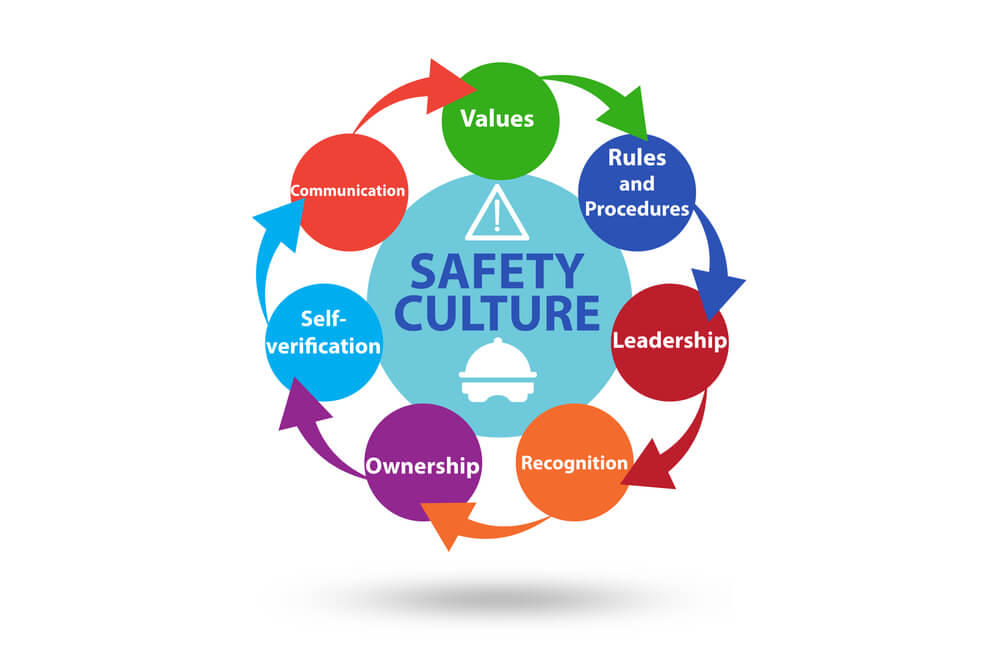
According to the CDC, emergency departments treated about 1.8 million workers for work-related injuries in 2020. That's nearly 5000 hospital visits every day. Most of these injuries and hospital visits were caused by contact with objects or equipment, overexertion, falls, slips, and trips without a fall.
Many of these accidents were preventable.
Creating a safety culture in the workplace goes beyond following basic regulations such as having fire extinguishers in the appropriate place. A safety culture means that all workers are part of the safety and health program, have the training and tools to recognize good and bad safety practices, and feel comfortable advocating for their safety and the safety of other workers. An effective culture of safety looks at the way we work and empowers employees to improve safety in their work area and throughout the facility.
How to Create a Safety Culture
Creating a safety culture in your organization is an ongoing process that is the responsibility of all company stakeholders. The commitment to a safety culture will result in a positive attitude towards safety throughout your organization, reducing workplace injuries and accidents. Here are the steps to building a strong and effective safety culture in your organization.
Set Safety Policies
The first step to creating a safety culture from scratch is to develop and implement a comprehensive set of safety policies. You can find generic safety policy and procedure outlines online, but they may not meet your organization's needs. The best way to develop a comprehensive set of safety policies is to partner with an HR outsourcing service specializing in safety planning and training.
Define Safety Expectations
To create an effective safety culture, responsibilities, and expectations must be clearly defined within your organization. Establishing and communicating safety policies and procedures effectively throughout every level of the organization is vital. Visibly demonstrating and communicating your commitment to safety will help everyone throughout the organization understand and become aware of the importance of safety.
Train Employees
Ensuring all employees have the proper training is critical when creating a safety culture within your organization. In addition to training them on safety protocols and procedures, encourage employees to take a proactive role in safety, ask questions, and offer suggestions to improve. Creating quality training opportunities can help employees retain and implement new safety initiatives and shows employees that you are committed to their safety, increasing team member support in building a safety culture.

Make it a Team Effort
Creating a safety culture requires participation from all levels of your workforce. Your entire organization should be involved in identifying and resolving safety issues. Encouraging employee feedback during the planning and implementation phase of any new safety initiative will increase employee buy-in and prevents potential pitfalls during implementation.
Lead by Example
A top-down approach is the only way to implement a positive safety culture successfully. Leaders must be committed to a safety-first work style and demonstrate that safety is important and valued to gain worker support. For your safety initiatives to have credibility, your leadership must model the behaviors you want to see in your employees.
Encourage Reporting
Creating a strong safety culture requires open communication. Along with keeping employees updated on new safety initiatives, it's vital for employees to feel free to communicate about safety issues within the workplace. Your reporting system should be focused on the positive, and employees should feel comfortable reporting any safety concerns without fear of repercussions. Rewarding employees who report safety issues is a great way to encourage reporting and foster a strong safety culture.
Take Complaints Seriously
When an employee reports a safety issue, it should be taken seriously and addressed in a timely manner to prevent the possibility of future injuries or accidents. When management takes suggestions and concerns seriously, employees feel empowered, which creates program ownership among workers and enhances understanding of how it works. In addition, employees will be more likely to report safety issues if they know the problem will be investigated and addressed by management quickly.
Monitor and Evaluate
Successfully creating and implementing a safety culture is an ongoing project. Gaining a perspective on the effectiveness of your safety culture requires a coordinated assessment process. Regularly reviewing safety procedures and practices to ensure they're being followed offers the most significant opportunity for a transformational impact on your organization's safety culture.

How to Improve Your Safety Culture
A company that fosters a culture of safety understands that success should be celebrated, but there is always room for improvement. A commitment to continuous improvement ensures that your safety culture remains active and your organization continues to strive for an injury- and accident-free workplace.
Creating a positive safety culture within the workplace improves employee health and impacts employees' feelings about their work. Developing and implementing a safety culture can reduce accidents and injuries, increase employees' positive feelings about your organization, and improve your bottom line.
Creating a safety culture from scratch requires commitment. Since every organization has unique challenges, there is no one-size-fits-all solution for creating a safety culture. The best way to get personalized advice is to partner with a professional employer organization. That means having a team of safety and injury prevention specialists committed to helping you develop the safety culture your organization needs.




